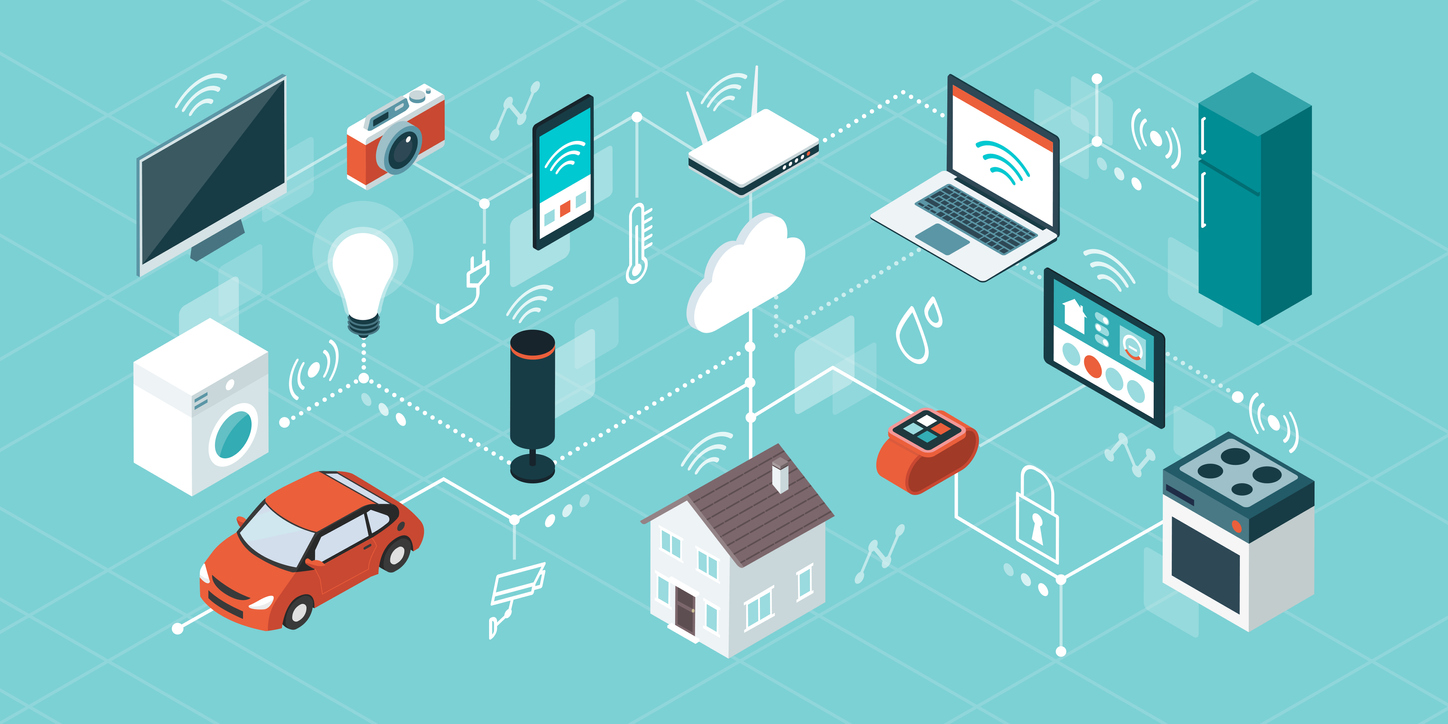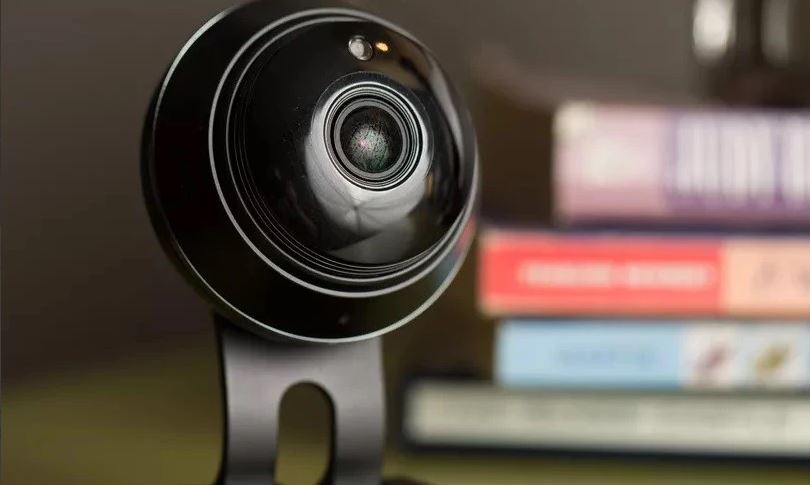Had a few conversations lately with people using various firewall solutions for their home networks.
One thing that's come up a few times with firewall solutions is they're configured to deny by default, but that's only as a good as the configuration you put on it.
In business, it's typical to make a change then have a external party test any public facing IPs etc. to alert of misconfigurations etc.
Does anyone go that far with their home/home business network?
One thing that's come up a few times with firewall solutions is they're configured to deny by default, but that's only as a good as the configuration you put on it.
In business, it's typical to make a change then have a external party test any public facing IPs etc. to alert of misconfigurations etc.
Does anyone go that far with their home/home business network?





